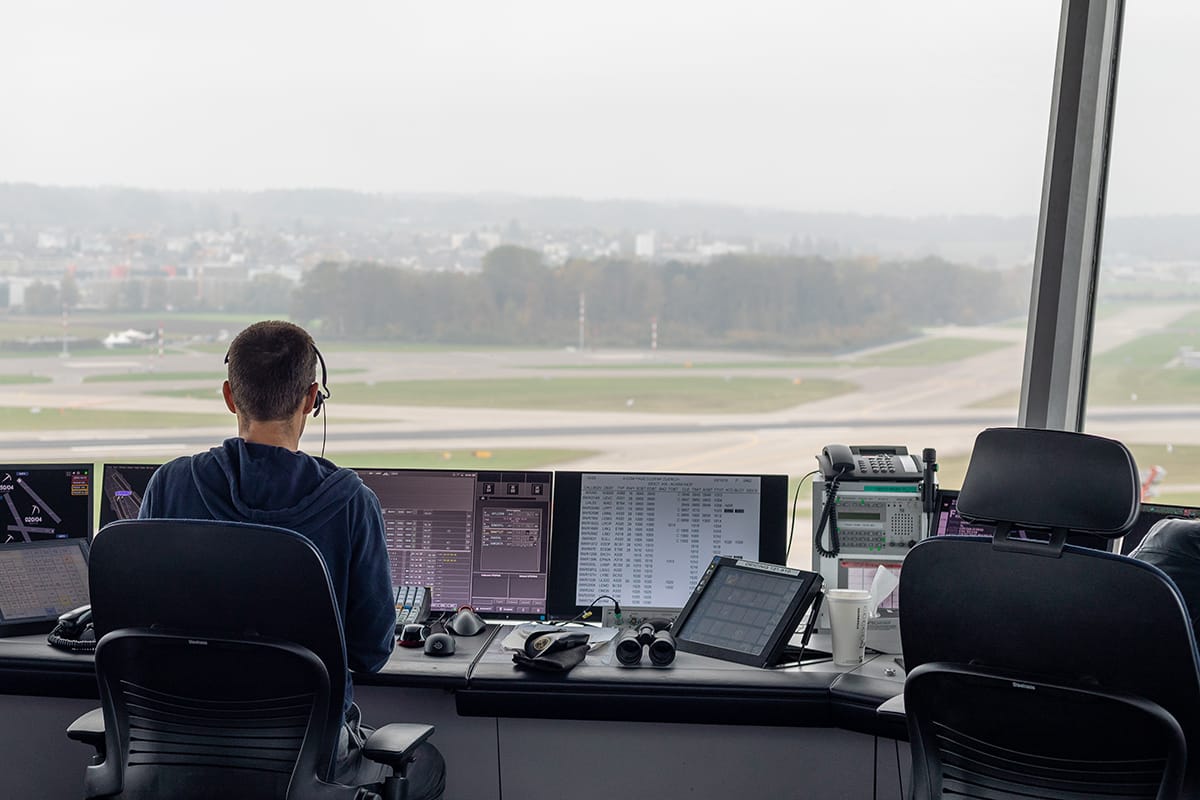Airplane Wings Were Built to Bend

Next time you peer out the window at an airplane wing, you might be surprised to learn it's not entirely rigid. Airplane wings are designed with a specific amount of flexibility, allowing them to bend slightly during flight. This seemingly minor detail plays a major role in creating a smoother and more efficient journey.
The Science of the Lift and Bend

An airplane takes flight thanks to a principle called Bernoulli's principle. In essence, as the aircraft moves forward, the curved shape of the wing forces air to travel faster over the top compared to the bottom. This creates a pressure difference, with lower pressure above the wing and higher pressure below. The resulting imbalance generates lift, the force that counteracts gravity and keeps the plane airborne.
But air isn't always smooth. Updrafts and downdrafts, caused by air currents, can disrupt the airflow over the wings. This turbulence can cause the airplane to bounce and jolt, making for an unpleasant ride. Here's where the magic of bendable wings comes in.
Bending with the Flow

When the airplane encounters turbulence, the flexible wings act like shock absorbers. As the wing hits an updraft, it bends slightly upwards. This miniscule adjustment helps maintain a more consistent airflow over the wing, reducing the lift variation that causes the plane to bounce. Similarly, during downdrafts, the wing bends down slightly, again minimizing the impact on airflow and lift.
This ability to adapt to air fluctuations translates to a smoother ride for passengers. Imagine a stiff wing encountering turbulence – it would be like hitting a bump in the road, translating the full force of the disturbance to the airplane. Bendable wings, on the other hand, absorb some of the impact, leading to a more comfortable experience.
Aerodynamic Advantages
The flexibility of wings doesn't just benefit passengers; it also contributes to better overall aerodynamics. By adjusting slightly to wind gusts, the wings can maintain a more optimal angle of attack. Angle of attack refers to the angle between the wing and the oncoming airflow. A well-adjusted angle of attack is crucial for generating lift efficiently. By constantly adapting to wind changes, the flexible wings ensure the plane remains at the optimal angle, minimizing wasted energy and drag. Lower drag translates to improved fuel efficiency, allowing the airplane to fly farther or carry more weight.
Airplane wing flexibility is carefully engineered. Wings are constructed from lightweight and strong materials like aluminum alloys or composite materials. These materials are designed to bend within a specific range, ensuring structural integrity while allowing for controlled deflection. The exact amount of flexibility is meticulously calculated based on the size, weight, and intended flight characteristics of the airplane.
Final Thoughts
So, the next time you take flight, remember that the seemingly rigid wings are silently working behind the scenes. Their ability to bend and flex contributes to a smoother, more comfortable, and ultimately, more efficient journey. In essence, these remarkable structures are more like skilled dancers than fixed airplane parts, constantly adapting and adjusting to maintain stability and optimal performance throughout the flight.





